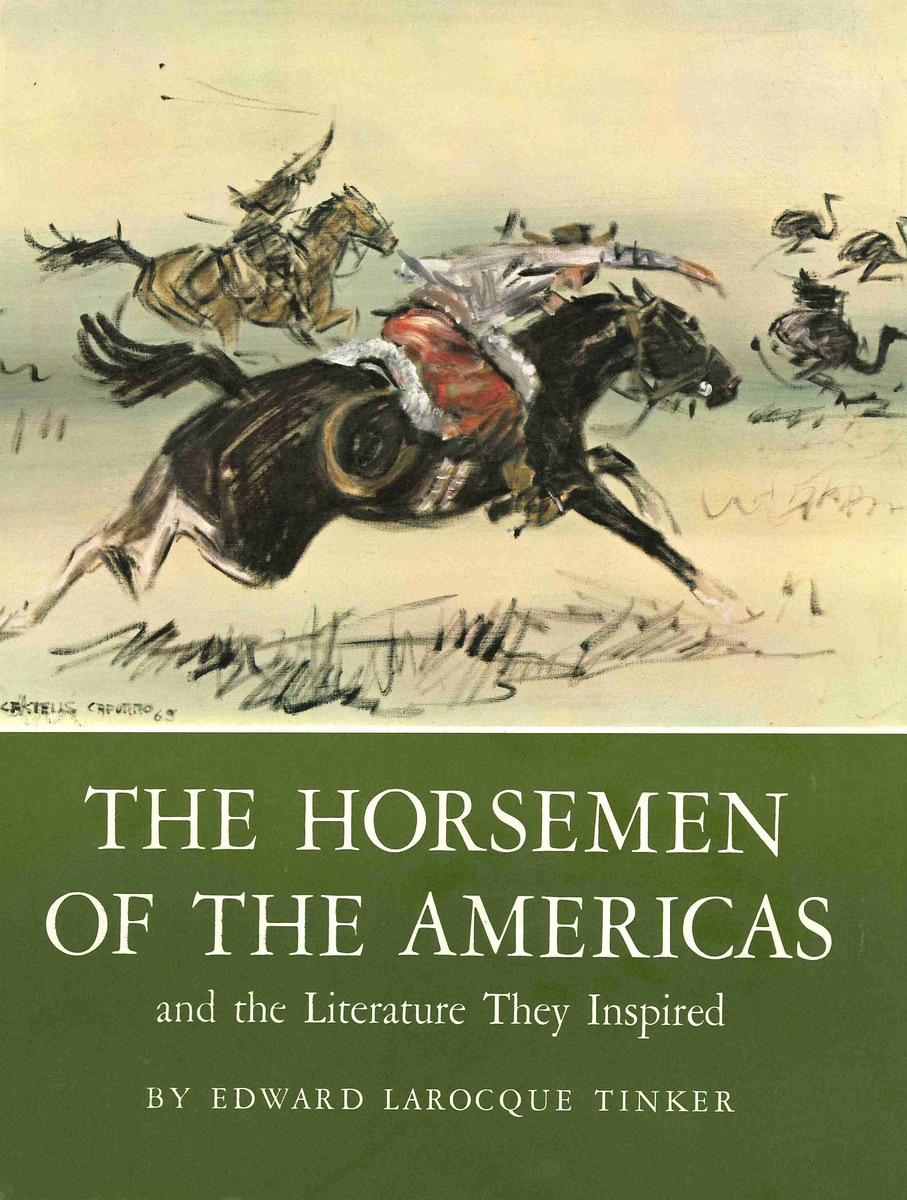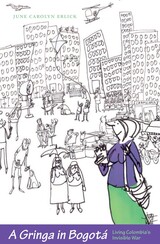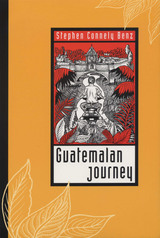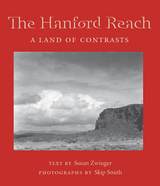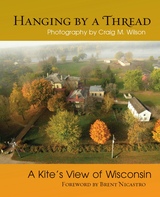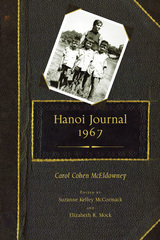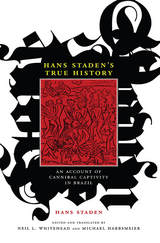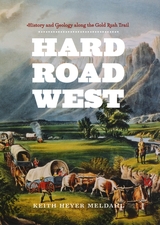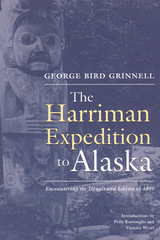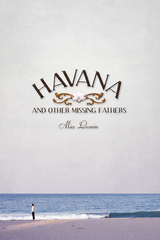eISBN: 978-1-4773-0679-6
Wherever cattle have been raised on a large scale horsemen have been there to handle them; and wherever these horsemen have existed they have left an indelible mark upon the history of the land. Frequently they have been ignorant, violent, and brutal. Always they have been vigorous and individualistic. They have taken their herds into frontier areas, opened new country, fought and driven off earlier inhabitants, participated in revolutions, battled among themselves, and generally lived lives which, colorful and somewhat frightening to their contemporaries, have become robust legends to those who followed them.
Edward Larocque Tinker portrays the life of these people in the two Americas, the conditions which created them, and those that ultimately destroyed or transformed them.
"Ever since I was a small boy, when my parents returned from Mexico bringing me a charro outfit complete with saddle and bridle, Latin America has beckoned with the finger of romance," Mr. Tinker recalls. "As soon as I was old enough, I made many trips to Mexico and, in the days of Porfirio Díaz, learned to know it from the border to the Isthmus of Tehuantepec. During the Revolution I was with General Álvaro Obregón when he was a Teniente Coronel in his Sonora Campaign, and, although I was only a lawyer on a holiday, took care of his wounded in the battel of San Joaquín. Later, in Pancho Villa's train, I was present at Celaya when he was defeated by Obregón.
"Always an ardent horseman, I worked many a roundup with the vaqueros of Sonora and Chihuahua, and with the cowboys of our Southwest. . . .
"I saw the similarity between the American cowboy, the Argentine Gaucho, and the Vaquero of Mexico. They all received their gear and technique of cattle handling from Spain, and developed the same independence, courage, and hardihood. I thought if these qualities were better known they might serve as a bridge to closer understanding throughout the Americas."
From his study of the lives of these horsemen, Tinker proceeds to an examination of the literature that evolved among and then about them.
The first and largest part of the book deals with the gaucho of Argentina and Uruguay. The second and third sections examine the charro of Mexico and the cowboy of the United States.
See other books on: Americas | Americas (North, Central, South, West Indies) | History
See other titles from University of Texas Press
